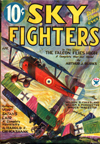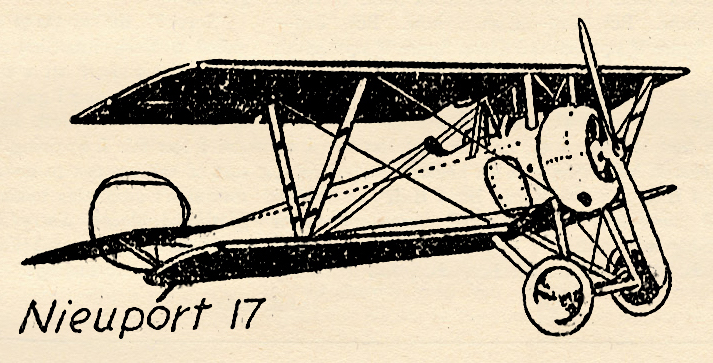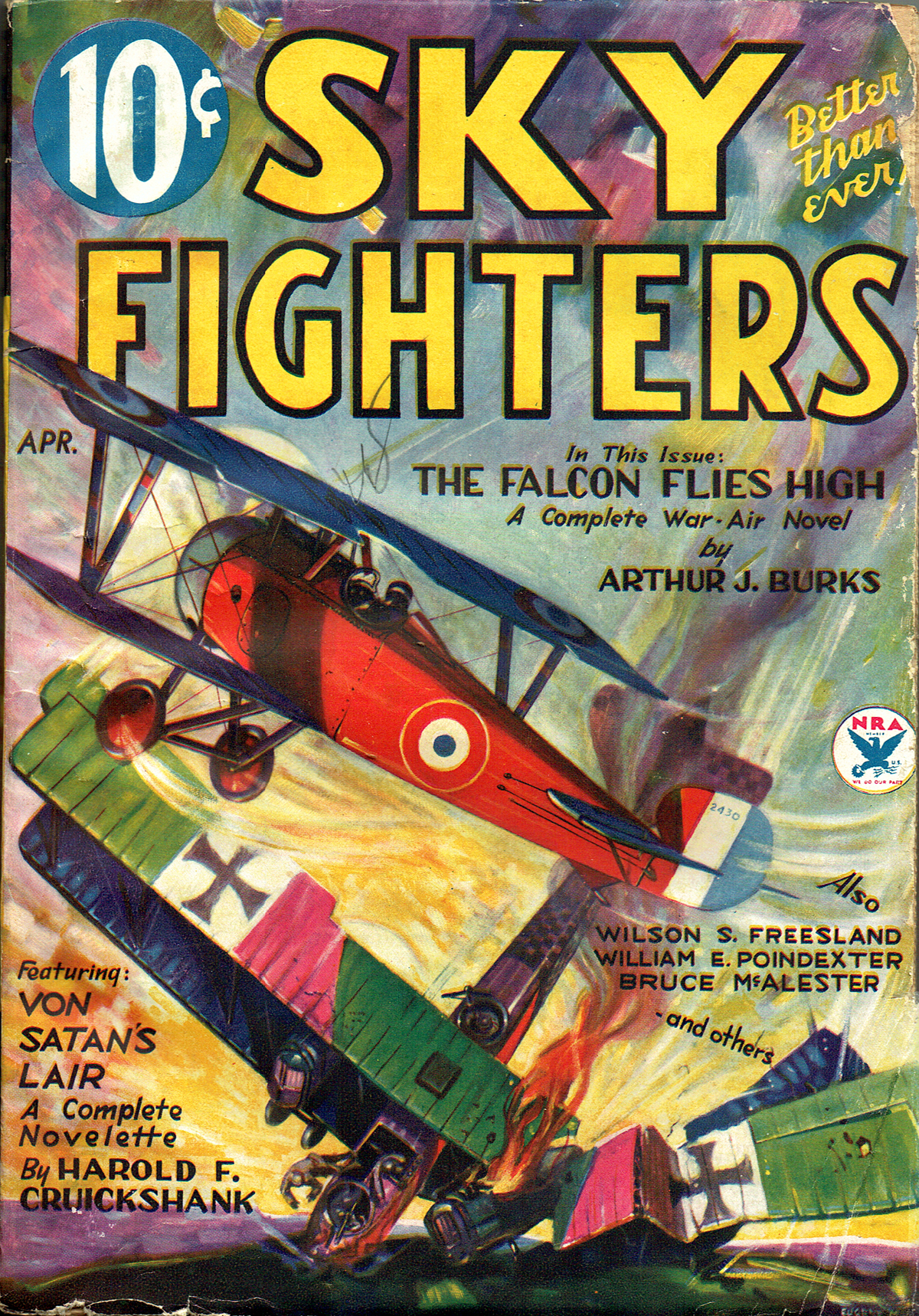“Lives of the Aces in Pictures – Part 11: Ernst Udet” by Eugene Frandzen
Starting in the May 1932 issue of Flying Aces and running almost 4 years, Eugene Frandzen’s “Lives of the Aces in Pictures” was a staple of the magazine. Each month Frandzen would feature a different Ace that rose to fame during the Great War. This time around we have German Ace—Ernst Udet!
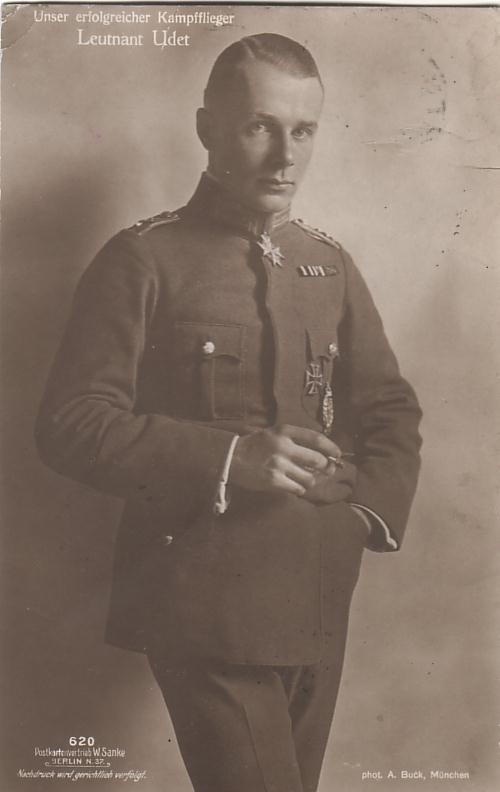
Ernst Udet was one of the highest scoring Aces in the German airforce—second only to the great Manfred von Richtofen with 62 victories to his 80! He entered the German Army in 1914 before becoming a fighter pilot serving in Jastas 4, 11, 15, 37 and eventually commanding the 37th and 4th fighter squadrons. However, injuries he had sustained forced the Ace out of active combat in late September 1918—which may have helped him survive the war, unlike Richtofen.
Udet was a young man of 22 at the end of the war. Following Germany’s defeat, Udet post-war career in the 1920s and early 1930s saw him work as a stunt pilot and in movies, international barnstormer, light aircraft manufacturer, and all around playboy before joining the Nazi party in 1933 and working to recreate the Luftwaffe that would play such a pivotal role in the coming Second World War.
Udet’s wartime success came to an abrupt end however in 1941. Accused by General Erhard Milch of bringing about the Luftwaffe’s shortcomings as demonstrated during the Battle of Britain, and under fire from Goring himself, Udet—who had become critical of the Nazi regime—’chose’ to commit suicide. His suicide was concealed from the public at the time and he was lauded a hero who had died in flight while testing a new weapon. Udet was buried next to Richtofen. He was 45.
- Download “Lives of the Aces in Pictures – Part 11: Ernst Udet” (March 1933, Flying Aces)
(Editor’s Note: These early installments of Frandzen’s “Lives of the Aces in Pictures” that were published in the pulp-sized issues have been reformatted from a two page spread into a one page feature.)





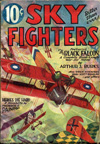







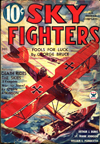
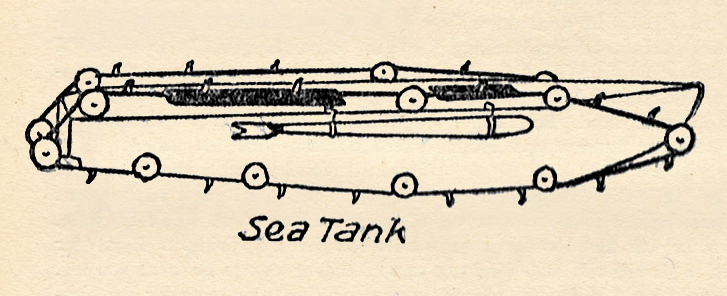
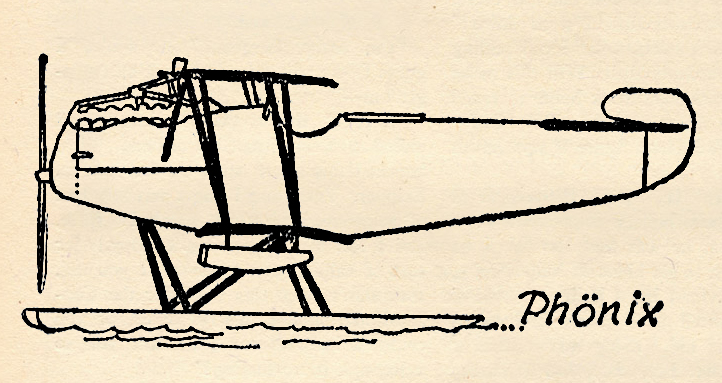
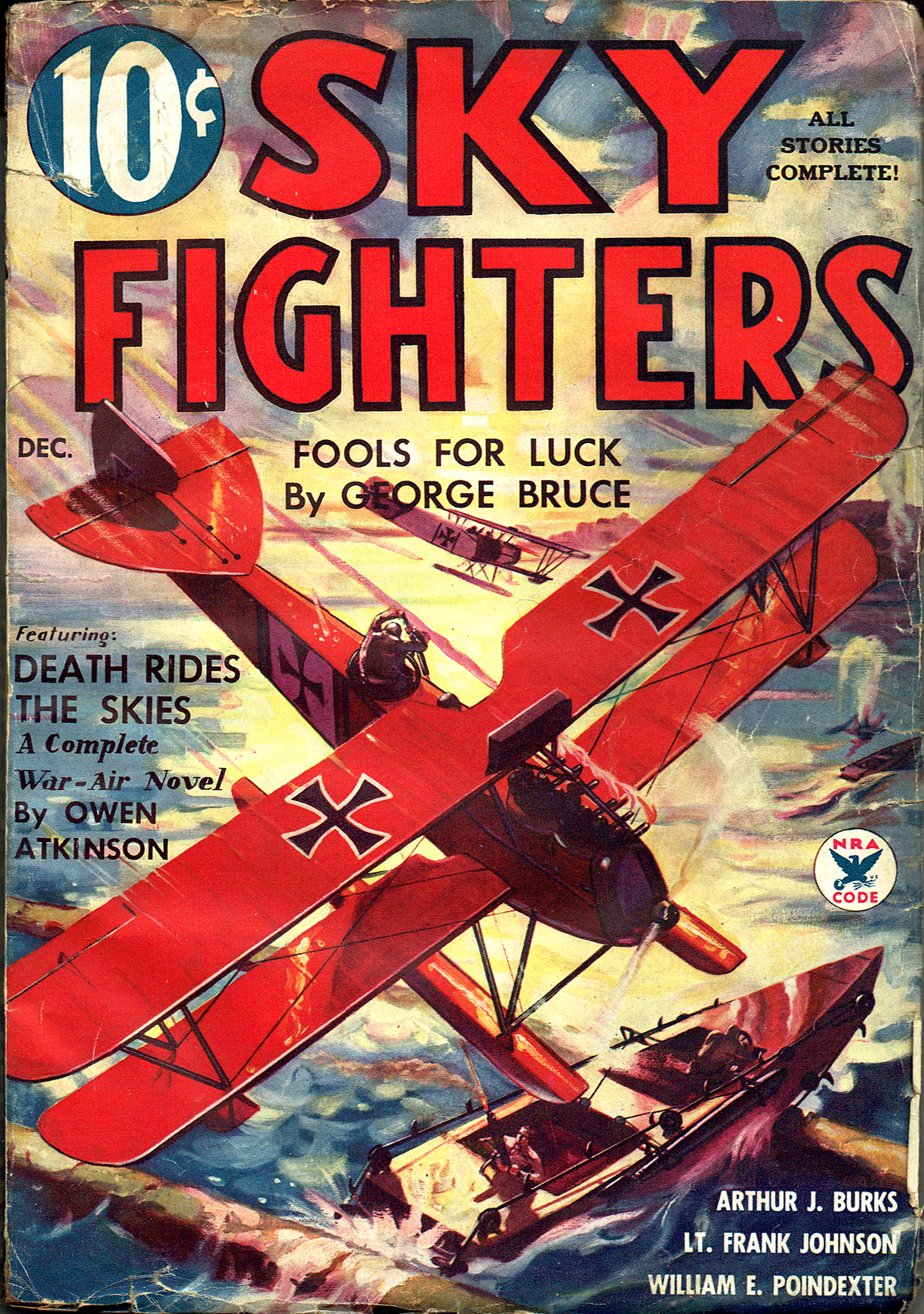
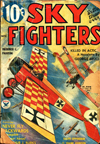
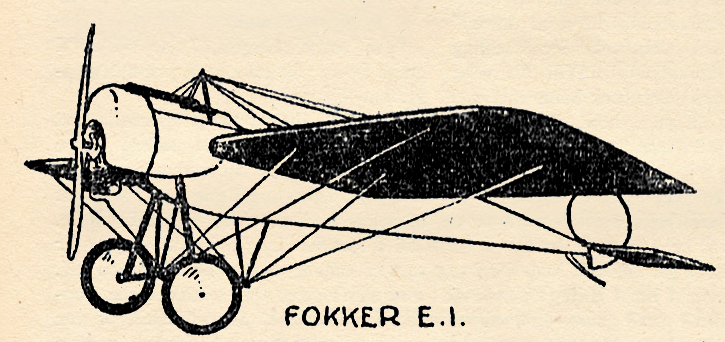
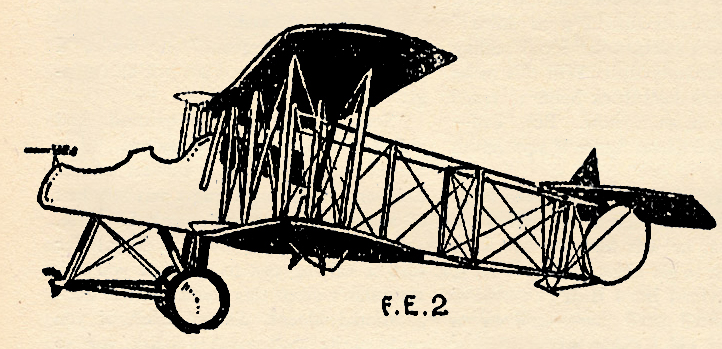

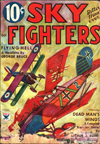




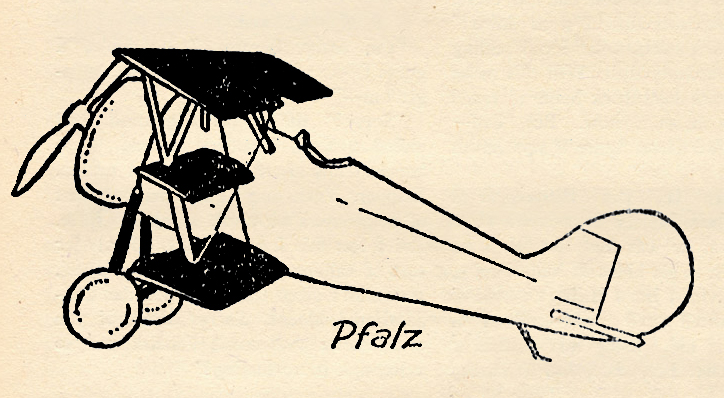
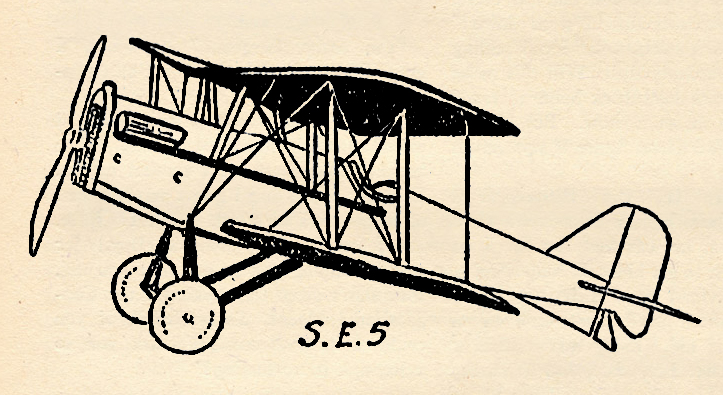
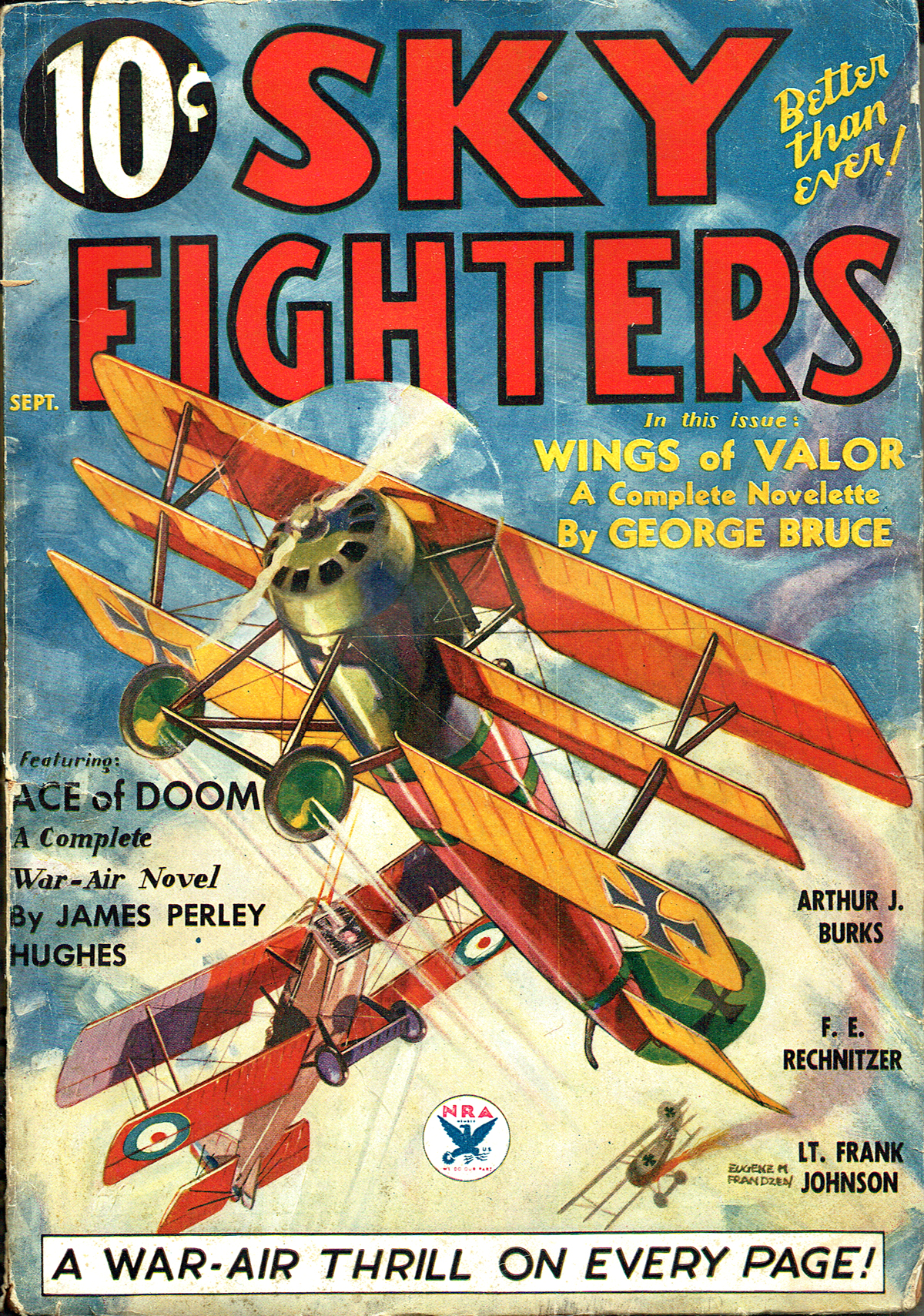
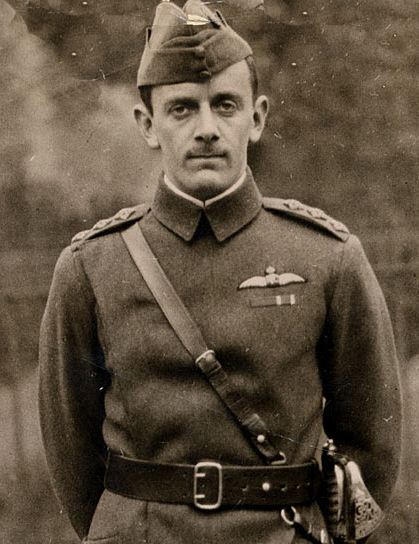 Royal Flying Corps and quickly developed a reputation as an aggressive pilot. In April 1915, armed with just a few bombs and some hand gernades, he successfully attacked a Zeppelin plant at Gontrobe while flying a
Royal Flying Corps and quickly developed a reputation as an aggressive pilot. In April 1915, armed with just a few bombs and some hand gernades, he successfully attacked a Zeppelin plant at Gontrobe while flying a 
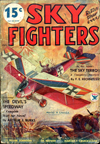
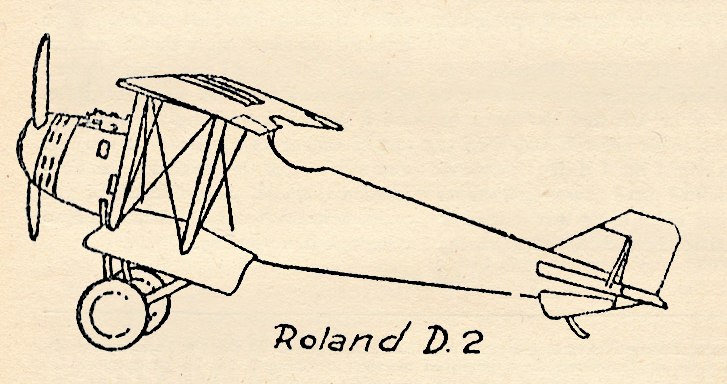
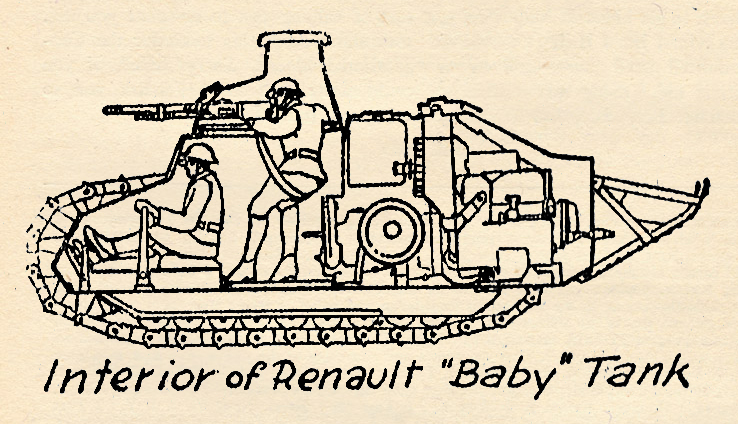
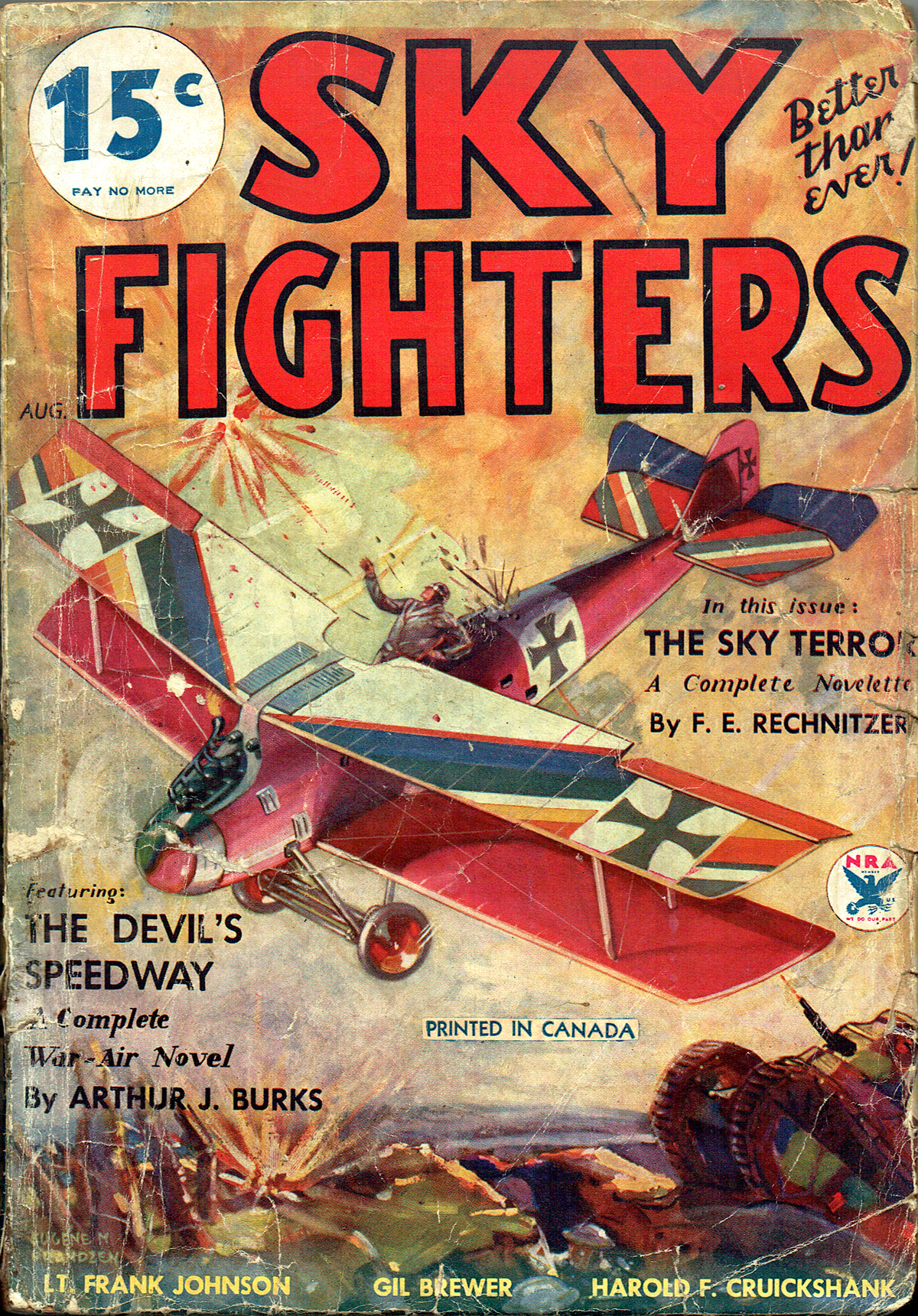
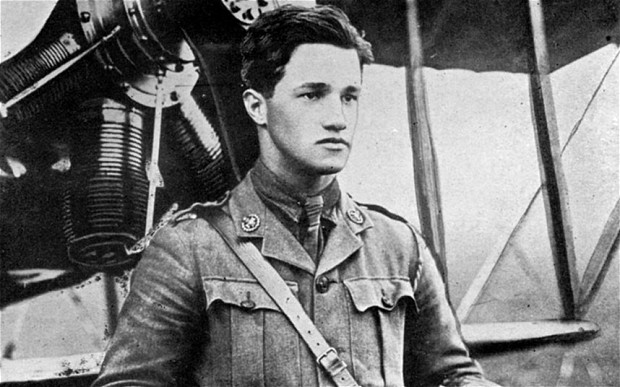
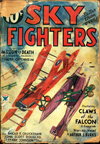



 issue of Flying Aces and running almost 4 years,
issue of Flying Aces and running almost 4 years, 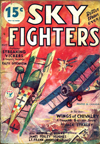

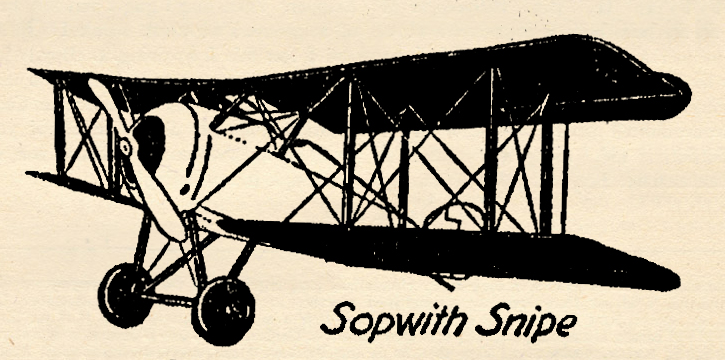
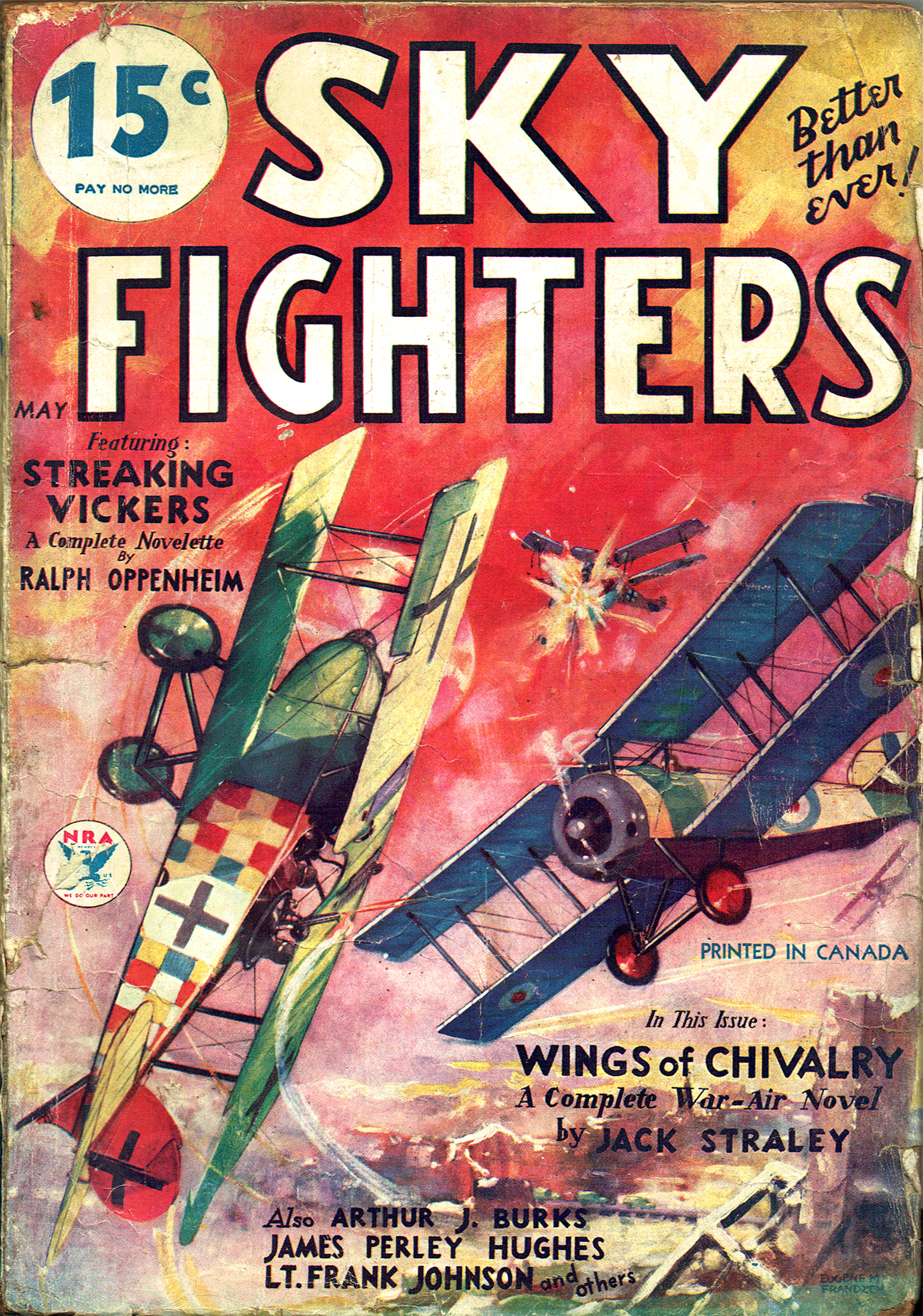
 issue of Flying Aces and running almost 4 years,
issue of Flying Aces and running almost 4 years, 